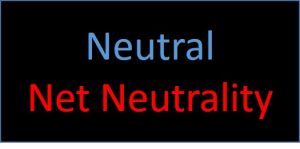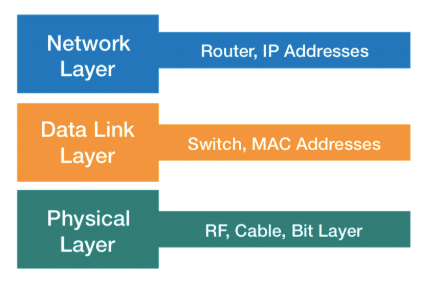 The net neutrality debate revolves around the right of the ISPs to control and prioritize traffic based on where it is coming from. For example, Comcast could prioritize its own streaming video traffic over Netflix’s traffic. In this specific example, Comcast is both the ISP and the content provider, which means serious conflicts of interest could arise given the ISPs’ monopolies. But, what if instead of allowing the ISP to decide what traffic to prioritize, we give that option to the actual customer?
The net neutrality debate revolves around the right of the ISPs to control and prioritize traffic based on where it is coming from. For example, Comcast could prioritize its own streaming video traffic over Netflix’s traffic. In this specific example, Comcast is both the ISP and the content provider, which means serious conflicts of interest could arise given the ISPs’ monopolies. But, what if instead of allowing the ISP to decide what traffic to prioritize, we give that option to the actual customer?
This is what Stanford Professors Nick McKeown and Sachin Katti and PhD scholar Yiannis Yiakoumis proposed. They presented their paper, “Neutral Net Neutrality,” at the 2016 ACM SIGCOMM conference. It’s a very smart idea because it resolves the net neutrality debate deadlock: if the end user chooses which traffic to prioritize, then there is nobody to blame. It’s the user’s prerogative to prioritize Netflix over HBO or Skype over Facetime, and in addition, this gives the power to tailor the traffic to each user’s need and not to what the ISP thinks those needs are.
They dubbed the technology “network cookies” and implemented and deployed it in 161 homes, putting their invention to the test in the real world. Their goal was to answer two questions: 1) do users want to dictate how network traffic is treated, and 2) what is a viable mechanism to implement this idea?
The first question was answered by the collecting data from their real-world deployment. They developed Boost, a Chrome extension, which enables users to prioritize traffic on specific tabs or not prioritize traffic at all. The users showed a diverse behavior in terms of the traffic they chose to prioritize. One metric showed that 43% of them picked websites that were unique among all users. In addition, they surveyed 1000 mobile users who also showed a diverse preference in terms of applications that are important to them. The conclusion was that users, when given an easy and convenient way, will express their preference on the way their traffic is prioritized, and that their needs vary to the point that a one-size-fits-all approach wouldn’t work.

The Boost UI enables users to select tabs for high priority traffic [source].
They answered the second questions by presenting the network cookie, a small piece of data that users can attach to their packets and enables the network services customization. For example, a user can ask to prioritize a Netflix stream over email or a file download. This gives full control to the user, and their approach takes care of issues that have to do with privacy and security. For more details, you can read the full paper.
The idea of giving power to the people to resolve the net neutrality debate is the most reasonable resolution I have heard of. In addition, the network cookies proposed by Yiakoumis et al. is an elegant implementation that takes care of privacy, security, auditability, and scalability issues. Since this is an issue that falls under regulatory constraints, nobody knows when and if this approach will be adopted in the real world. I’d personally love to have a “Boost” option on my browser tabs.





